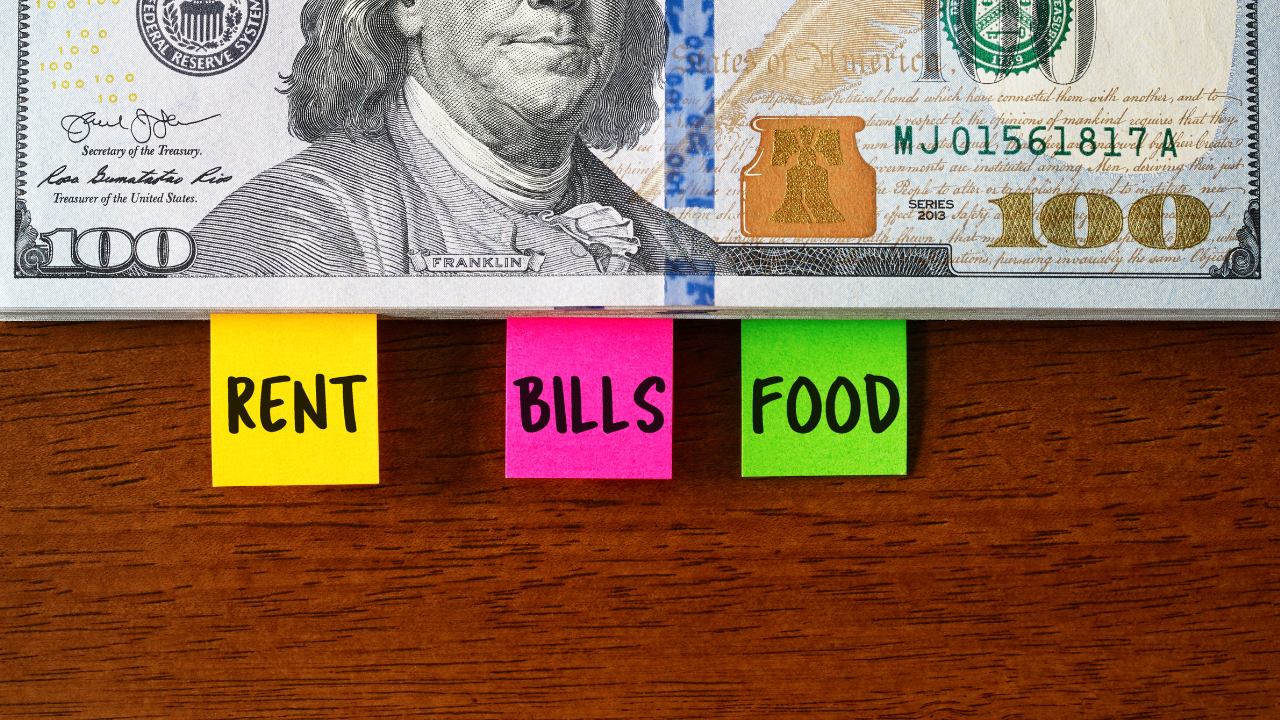Managing finances proves tricky for individuals, let alone accommodating combined priorities as a committed couple. However budgeting together transparently enables working as a team handling current costs while achieving shared money goals long-term too.
Whether newlyweds, partners or spouses, this guide helps craft practical budgets benefiting your relationship’s financial foundations.
Here is a short table of tips we have talked in this article:
| Tip | Description |
|---|---|
| Agree on financial values and goals | Discuss your individual and shared financial priorities to align on budgeting decisions. |
| Track current spending | Record all expenses over 1-3 months to analyze spending habits and needs. |
| Construct a joint budget | Match income to fixed living costs below 50%, savings goals 20-30%, and discretionary spending the remainder. Adjust goals if needed to fit income. |
| Implement with budgeting tools | Use spreadsheets, apps, written trackers, etc. tailored to your commitment levels for consistency. |
| Communicate and revisit quarterly | Discuss successes, shortfalls, unexpected expenses. Adjust budget categories as needed. |
| Automate savings contributions | Set up automatic monthly transfers into investment accounts and emergency funds. |
| Use cash envelopes | Optionally use envelopes labeled by budget categories to physically allocate cash amounts. |
| Share financial access | Allow visibility into each other’s accounts, credit reports, etc. to enable joint planning. |
Overview Joint Budgeting Benefits
Before diving into the how-to detail, appreciate why budgeting together beats individually. Shared money management:
- Prevents duplicated or neglected expenses
- Allows planning big purchases cooperatively
- Reduces arguments stemming from money surprises or secrecy
- Maximizes savings capabilities combining incomes
In other words, doubles the organization and impact creating budgets built openly through communication.
Budgeting Approach for Couples

Constructing an effective budget as a couple involves:
Agree On Financial Values and Goals
Step 1) Have an open discussion about money attitudes, priorities and longer term goals. This alignment keeps your budget focused. Identify major targets like:
- Buying property
- Saving for children’s education
- Retirement provisions
- Family vacations, hobbies or entertainment
Step 2) Make goals measurable with actual figures. For example, saving $X yearly towards a house deposit over X years or $X covering future college fees by age X. Quantifying objectives makes them actionable.
Step 3) Commit tracking budgets together. Whether sitting weekly or syncing money apps, remind one another of established goals if temptation strikes straying from agreed saving strategies!
Calculate Joint Income
Step 1) Note all current household income streams and estimate values for the upcoming year including:
- Employment salaries after taxes
- Government assistance payments
- Investment portfolio earnings
- Small business revenue
- Any other recurring income
Step 2) Total the annual joint figure and divide by 12 for monthly average inflows. Remember contributing proportions may vary individually. However assessing overall cash availability informs later budgeting categories spending limits.
Identify Expense Categories

Step 1) Itemize typical fixed living costs frequently occurring:
- Housing – rent/mortgage/insurance
- Groceries
- Utility bills – electricity/gas/water
- Transport – gas, insurance, maintenance
- Telecommunications – cellphone plans and internet
- Loan repayments – credit cards, car or students loans
- Health insurance
Step 2) Add household specific costs like childcare too.
Step 3) Estimate average monthly amounts spent in each grouping. Review bank statements from the past year to gauge realistic figures.
Make Trade-Off Choices
Align income reality with ideal spending across identified categories. Where goals exceed affordability, make trade-offs:
Step 1) Reduce discretionary categories first – dining out, entertainment, clothes shopping
Step 2) Check total expected fixed living costs account for ≤50% monthly incomes to enable sufficient savings contributions later
Step 3) Discuss adjusting goals if income won’t stretch far enough yet e.g. delay buying a house and keep renting 1 more year
Matched to earnings, your budget stays feasible meeting needs before wants.
Budgeting Tools for Couples
Implement collaborative budgeting using either:

Budgeting Software
Linked bank account access auto-tallies expenditures against planned budget categories. Some apps also support shared logins facilitating financial transparency. Prominent options include:
Spreadsheets
Create personalized documents tracking income against planned spending itemized across rows for each category. Excel or Google Sheets enable updating figures easily monthly. Great for visualizing progress towards saving goals through charts.
Manual Journals
Written diaries noting income inflows minus actual outflows over time still suit couples preferring old-school budget tracking. Color-code expenses for visible patterns. Adds tangibility physically counting cash in/out.
Use the budgeting approach resonating with both your preferred tools and dedication levels. Consistency using any format matters most!
Making Joint Budgeting Work Long-Term

With the admin foundations in place, sustaining couple budget success depends on:
Communicate Continuously
- Discuss purchases beforehand, not after.
- Highlight unexpected costs immediately, not months later.
- Celebrate hitting milestones like saved deployment funds or credit card clearance!
Reassess & Adjust
Review the budget together quarterly at minimum against performance:
- Did we over or underestimate category costs?
- Are goals progressing according to projections?
- Does income/savings need reallocation after major life changes if priorities evolve?
Tweaking budgets to suit new circumstances demonstrates responsiveness keeping your money plan relevant.
Budgeting fuels flourishing financial foundations for any romantic relationship long-term. So embrace shared money management wholeheartedly together!
Key Budget Categories for Couples
| Essential Costs | Lifestyle Expenses | Financial Goals |
|---|---|---|
| Housing | Leisure/Entertainment | Savings Contributions |
| Groceries | Travel/Vacations | Loan Repayments |
| Utilities | Dining Out | Investments |
| Insurance | Hobbies | Education Funds |
| Transportation | Clothing/Personal Care | Retirement Pensions |
| Telecommunications | Gifts/Donations |
Achieving Financial Intimacy
Budgeting together fosters far more than organizing expenses alone. Done meaningfully, it transforms money management into achieving genuine financial intimacy as a committed couple.
Break Money Barriers
Opening conversations dispelling awkwardness or secrecy around finances builds confidence addressing issues like:
- Debts accrued BC (before coupling) with transparency
- Lifestyle gaps between spendthrifts versus savers
- Judgements or assumptions around income and wealth
Air awkward topics without shame or blame. Emphasize budgeting works when based on openness, not obscurity.
Balance Financial Control
Rather than one partner dominating decisions or restricting access to information, embrace budgeting tools promoting visibility. For example:
- Share monthly bank/credit card statements
- Split category contributions transparently
- Discuss all significant outlays before committing
Redistribute influence promoting accountability in tracking shared financial progress.
Agree Money Conflict Strategies
Using a budget is meaningless without first establishing how to handle disputes calmly.
- Institute monthly money meeting times discussing issues arising
- Seek neutral third-party financial counselling if required
- Commit respectful communication patterns before, during and after arguments
With protocols set, progress through problems solution focused.
Creating budgets supporting sincere financial intimacy enables relationships, not just wallets, flourishing long-term. So nurture true money bonding hand-in-hand!